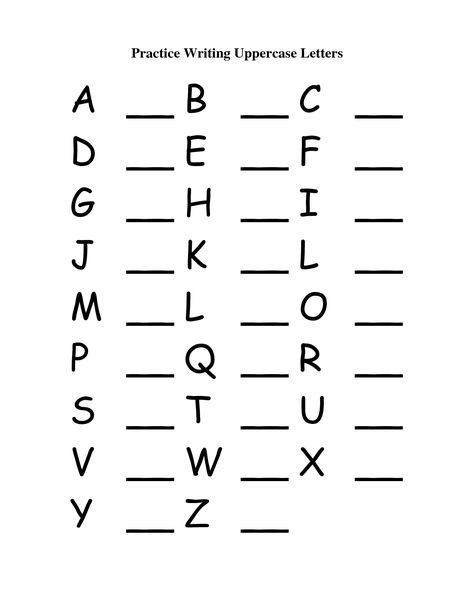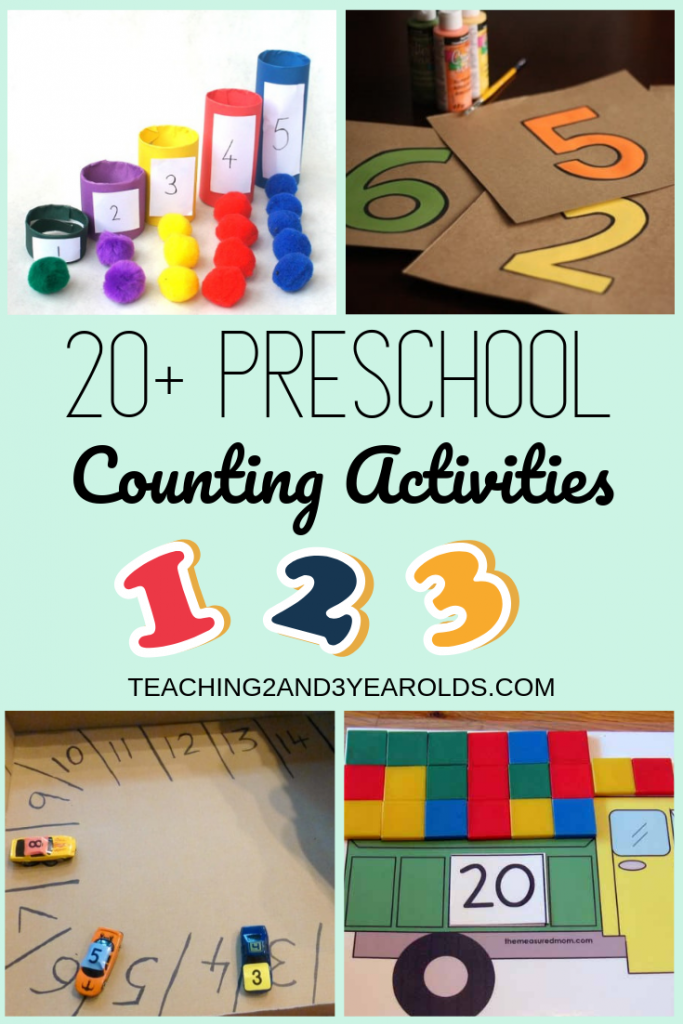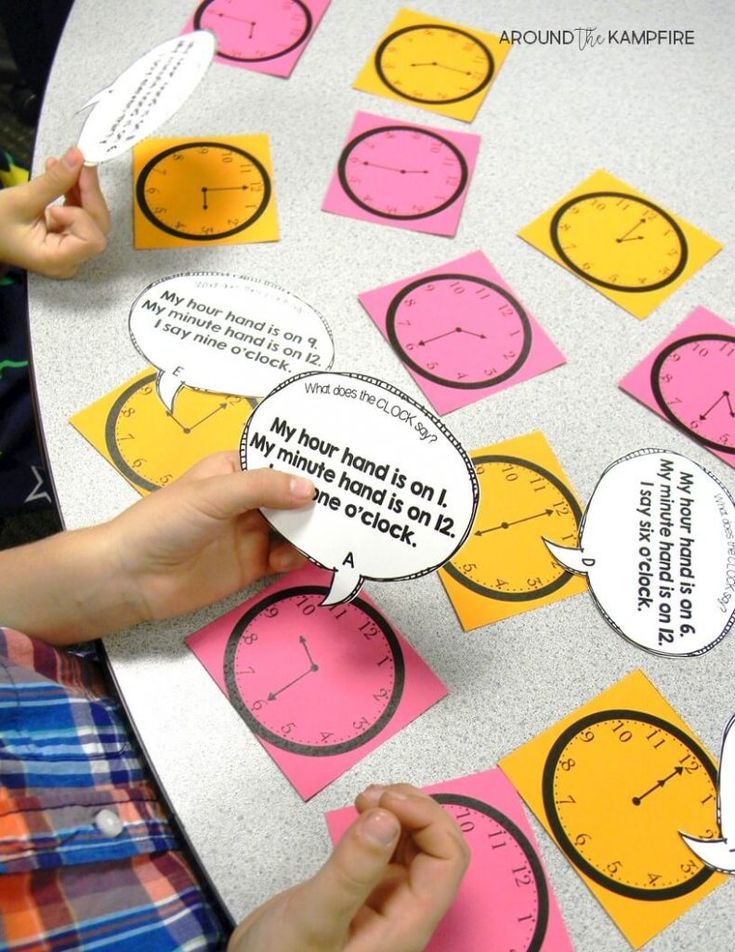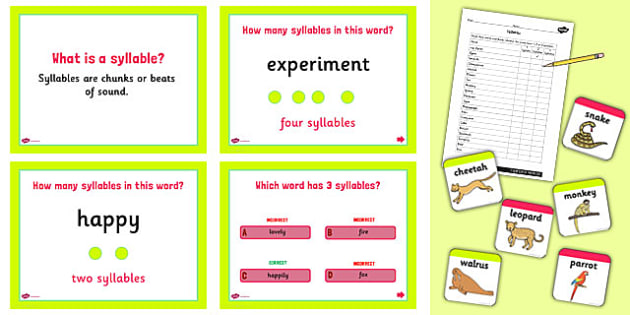Construction sites for kids
Construction Sites for Kids! 5 Awesome Activities for Machine-Loving Tots
Larger-than-life trucks, cool hard hats, giant piles of dirt, and a building that goes up, up, and up (or comes very swiftly down): Construction and demolition sites are totally captivating for kids.
Some will sit and watch construction for hours, never tiring of the endless action. And while it’s true that most construction sites are off-limits for hands-on exploration, there’s a lot you can teach your child just by watching from the sidelines—and it’s not all about the trucks.
So put on that hard hat and have fun with these observe-and-learn activities that will delight your builder in the making.
1. Play “I Spy” with Construction Site Safety
Orange vests, goggles, and bright hard hats may look like a costume to your little truck lover, so explain to them that these items have a specific purpose: to keep construction workers safe.
Point out that construction workers wear special boots with metal toes to protect their feet, hard hats to protect their heads, and bright clothes so that they can easily be seen by other workers. But don’t stop there! Get your child thinking more about safety by talking about things that your family uses to stay safe, like car seats and bike helmets.
2. Construction Site Shape Sorter
From circular signs and wheels to rectangular windows and triangular metal supports, construction zones are chock-full of geometric shapes—making your excursion an ideal time to practice recognizing and finding them!
Bring along a few pieces of paper and have your child draw the different shapes they see. If they’re not quite ready for that, try drawing a shape (say, for example, a circle) on a piece of paper and see how many you can find together. If you happen to have some handy geometric shape puzzle pieces around, bring those, too!
3. Super Sounds
Got a kiddo who loves to make noise? Construction zones are notoriously loud and feature tons of different sounds to excite little ears. Encourage them to listen to the sounds from the construction site, explaining that all the buzzes, beeps, and booms are almost like music.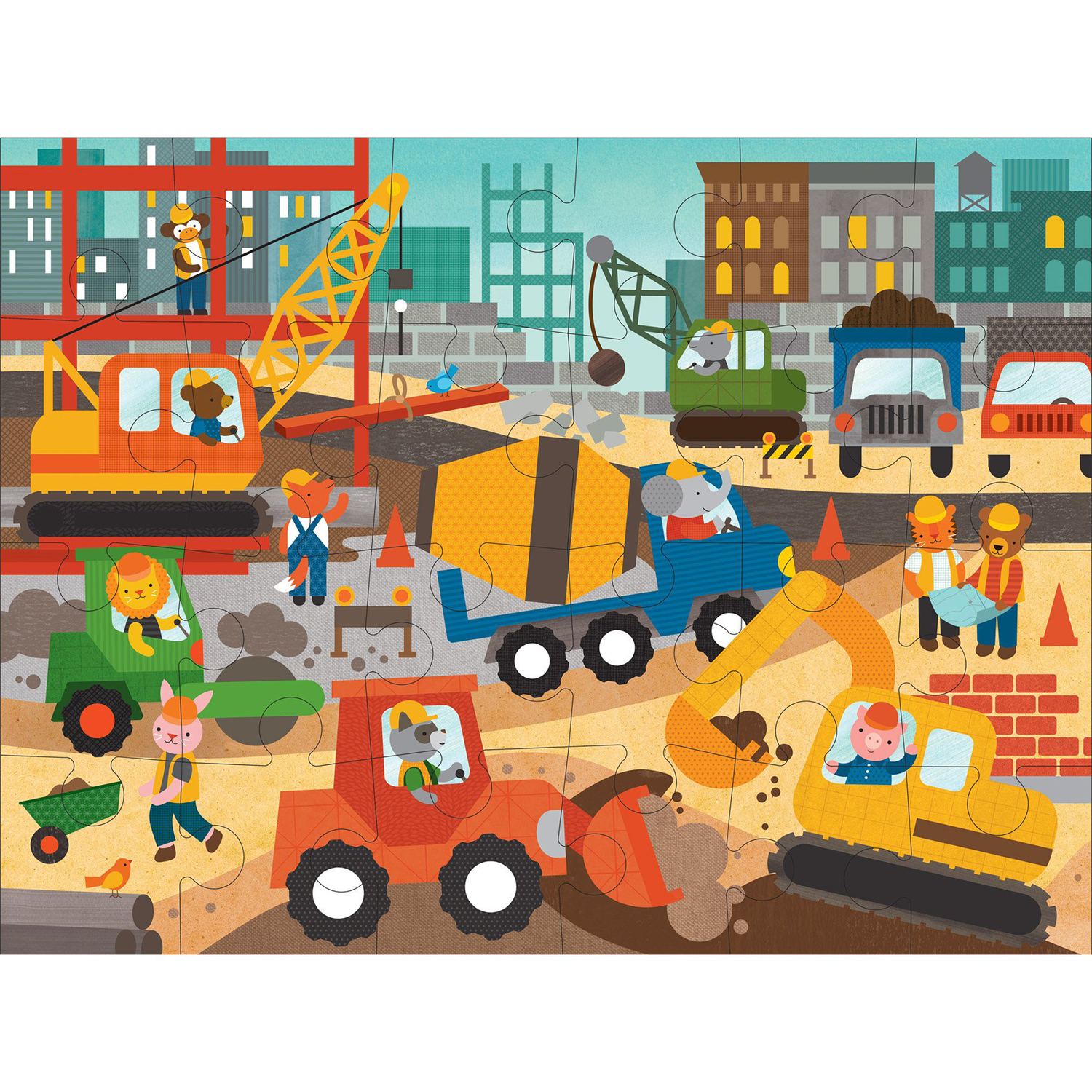
Then have them copy the sounds as they hear them to make their very own construction-zone song! Keep the fun going by asking them if they can figure out which machine makes each noise (does that drilling sound come from a jackhammer or a crane spinning around?)
4. Who Does What?
Teach your child that construction work is an important job by watching the people working and talking about the jobs they’re doing. Is there a carpenter installing walls and window frames? A driver making a huge crane lift heavy things? Talk with your child about why each job is important, and how people at the construction site have to work together as a team to succeed.
5. Bring the Construction to Bed
Nurture your child’s love of construction with great books like James Horvath’s Dig, Dogs, Dig, Lynn Meltzer’s The Construction Crew, or Sally Sutton’s
Roadwork. Also, be on the lookout for children’s museums with construction-centric exhibits, like the Boston Children’s Museum; the Children’s Museum of the Upstate in Greenville, SC; the Miami Children’s Museum; and the National Building Museum in Washington, D. C. If you’re too far away to reach the exhibits, you can always make a DIY construction zone at home with toy trucks, hardy blocks, and a bin full of sand.
C. If you’re too far away to reach the exhibits, you can always make a DIY construction zone at home with toy trucks, hardy blocks, and a bin full of sand.
At-Home Activities Brain Development From KinderCare Educators Toddler Pre-K Out And About With Kids Spring Summer
Dig World TX | Heavy Construction Equipment for Kids
Skip to content
SEASON PASS SALE CLICK HERE
BOOK TICKETS
3. 5 Acres
5 Acres
Includes the opportunity to operate excavators, skid steers, UTVs, and much more.
Top Of The Line
"We look forward to partnering with Dig World as they showcase our heavy equipment in a hands-on experience for the entire family," President & COO of Mustang Cat, Sam Tucker said.
Event Focused
Dig World hosts field trips, community events, birthday parties, corporate outings, and much more.
Educational
"The Texas A&M Department of Construction Science is excited to partner with Dig World to create an educational partnership, where future generations can experience and learn about the dynamic construction industry," said Dr. Patrick Suermann, Professor and Department Head.
Attractions
Skid Steers
Take a drive in a full-size Caterpillar 236D3 Skid Steer Loader around a windy track!
Solo drivers must be 48" tall and lap riders must exceed 32".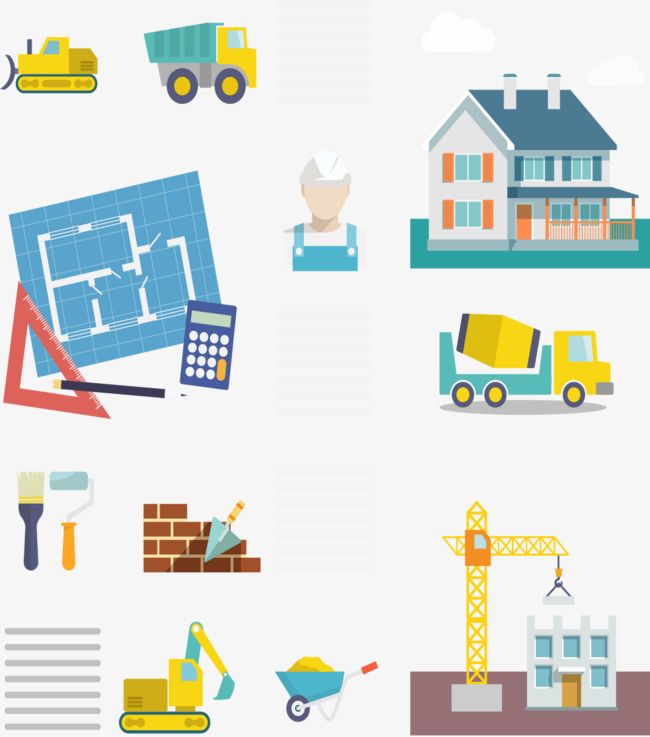
Cat 303.5 Mini-Excavators!
Get behind the controls of a Caterpillar 303.5 Mini-Excavator and dig real dirt to your heart's desire!
This attraction has a minimum height requirement of 42" for solo operators, or a 32" minimum for lap riders.
Mini-Ex Pond Fishing
Test your skills as you fish objects out of mini ponds with a full-size Caterpillar 306 Mini-Excavator!
This attraction has a minimum height requirement of 42" for solo operators, or a 32" minimum for lap riders.
Mini-Ex Cone Pick-up
Pick up all the cones with a full-size Caterpillar 302.7 Mini-Excavator!
This attraction has a minimum height requirement of 42" for solo operators, or a 32" minimum for lap riders.
UTV Course
Get behind the wheel of a UTV side-by-side and venture through our safely guided track!
Solo drivers must be 48" tall and lap riders must exceed 42".
Gem Mining Station
Purchase a bag of sand to sift through in our giant 24-foot sluice to uncover beautiful gems and treasure for you to take home!
*This attraction is not included in a general admission ticket.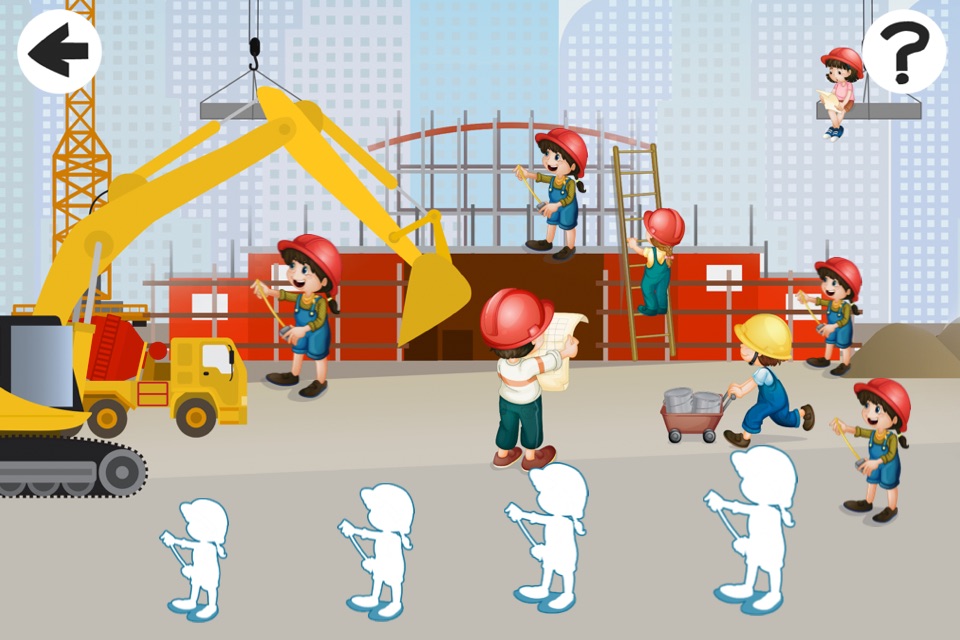
Playground
Need a break from digging? Enjoy our playground suited for ages 2-12!
Turf Field
Our giant turf field is the perfect place to run around and play yard games!
Four on the Board
Challenge friends or family to this classic game.
TowerBall
Try out this brand new game from Caliber Games with family or friends and see who can score the most points!
Cornhole
Just like you're tailgating at the big game, play cornhole on our construction-themed boards!
Pavilion
Need to sit down? Grab some shade with picnic tables under our big pavilion.
Park Map
CLICK HERE FOR DIRECTIONSLocated east of the Bass Pro Shops attached to the Katy Mills Mall.
- 1. Entrance / Ticketing
- 2. Playground
- 3. Turf Field
- 4. Four on the Board
- 5.
 TowerBall
TowerBall - 6. Party Pavilion
- 7. Restrooms
- 8. Gem Mining Station
- 9. Pierce's Post Beverages
- 10. Skid Steer Track
- 11. UTV Course
- 12. Skid Steer Track
- 13. Mini-Ex Cone Pick-Up
- 14. Mini-Ex Pond fishing
- 15. Dirt Diggers
- 16. Park Exit / Store
- 17. Parking Lot
PHOTO GALLERY
Dig World will be opening later than usual tomorro
Dig World will be closing at 1pm today to prepare
DON'T MISS OUT! Our season passes are on sale on o
Happy Thanksgiving everyone! This year we are than
We are OPEN!! Come to the park today 11-5pm and g
Hey Everyone! Here's our hours for Thanksgiving We
The sun is OUT! Stop by Dig World this weekend forWe are grateful to all the Veterans for their serv
CONGRATULATIONS @astrosbaseball !! Another title i
The Best Birthdays are Dig World Birthdays! 🎉 C HI DIG WORLD FAM! The first 100 people on Saturd Happy halloween from the Dig World Crew! 🎃 Com A DAY AT DIG WORLD! Come host your Field Trip her Howdy Dig World Friends! Want to receive 20% OFF Happy Fall Y’all! 🍂 Come enjoy a fantastic we Our special needs night was a blast! Thank you to Great way to start Sunday Funday! A Dig World Priv Our Excavators are now fully equipped for the Fall Having a blast Gem Mining! Come get a bag and joi Friends, on Tuesday, October 11th from 5:00pm-8:00Construction sites for children: free construction from ladders, boards and tires for several days in a row they spent street construction with the children.
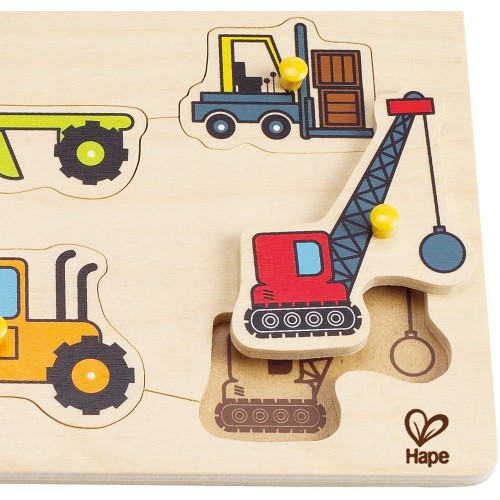
Here you can see photos and videos of the process.
And this weekend at the New School there was a conference "Physical Education about Others", and there was a lot of interesting things, about the risks and safety of movement, about the relationship between the brain and movement, and we went just to listen to Radka - she summarized the experience gained from them at these construction sites.
How was it organized?
A certain company invited Radka and several other psychologists, bought them construction materials, and they played construction games for free at the same place at a certain time.
At some hours they gathered the younger ones 4-6 years old, at other times - the older ones, 7-10 years old. They gave bright vests to all construction participants, and told the rules of conduct at the construction site: negotiate, help each other, remember about safety, when jumping from a great height, call an adult who can insure the entire structure, lay a mat if there is a chance to fall.
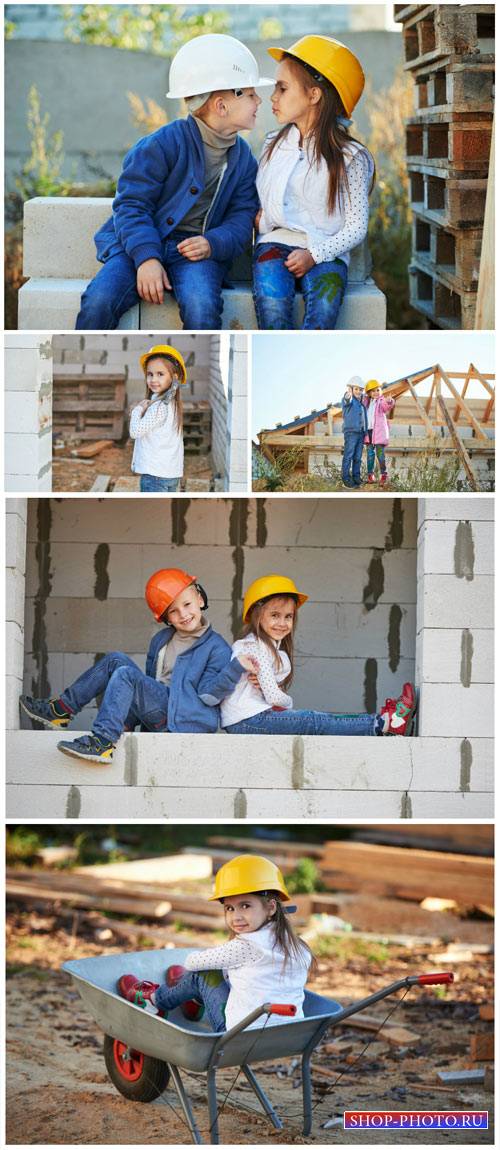 At the end of the game - clean up all the details in place and gather for discussion.
At the end of the game - clean up all the details in place and gather for discussion. There was a Warehouse with materials before starting work
Groups of different ages played for one and a half to two hours
1. At the very beginning there was a circle: names, safety rules (even if half of the children had already built here yesterday), discussion of ideas
2. Game, construction, experiments
Someone was building a house, someone was building a swing, someone was building an obstacle course
Adults asked questions and took pictures
Sometimes, if the children reached a dead end, they announced a stop game, took everything apart and agreed how to build further
3. Cleaning
Often the children asked to sign who built it and take a picture
Many asked to leave some part until tomorrow without taking it apart
yesterday's buildings, because they do not have enough materials
4. Circle of reflection
After explaining the rules, the children themselves decided where and what to build.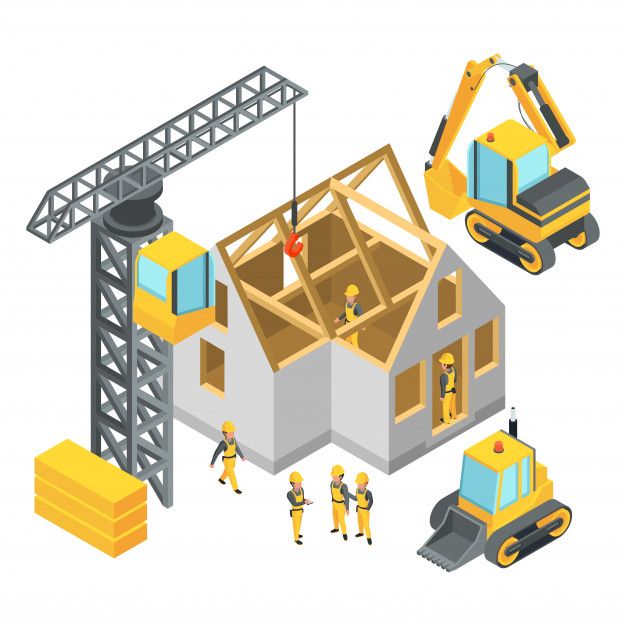
For many, it was all about how to come up with and implement your project, about self-esteem, about the joy of creativity.
Someone wanted to build a very tall thing and jump from it.
Someone just built a tower from large cubes to the sky.
Someone was building a house - for himself, for toys, for cars.
Sometimes games such as catching up spontaneously arose, and then they were given a separate zone so that they would not knock down those who were building in the process.
There was a zone for sensory games - with water, cones and pebbles.
On one of the sites in the center there was a huge tree with a convenient low branch. They threw a rope over this branch, and the children arranged all kinds of swings and hammocks there. One adult kept an eye on the swing area so that whoever was swinging would not knock down passing construction workers
What were the materials?
Large blue barrels in two sizes
Large construction basins
Ladders
Planks
Bags of stones - weights that could be used to press down boards and strengthen shaky structures there were just small pieces of timber, from which one could also build)
There were also fabrics, awnings and foams,
ropes, weights,
at some point there were empty plastic pipes.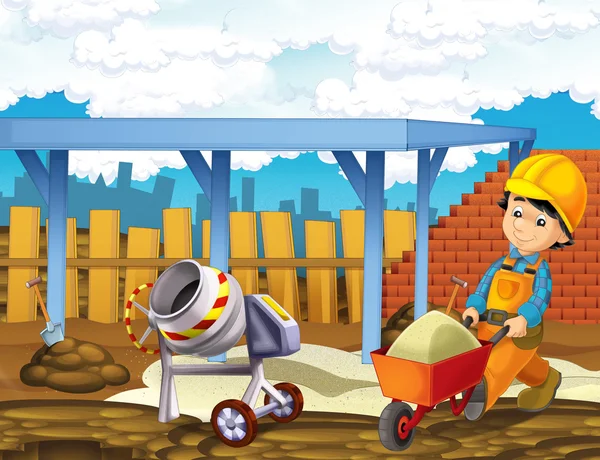
the younger ones used the basins as houses.
And with tents they invented the game of parachute, built houses, covered their buildings and fenced off with them
At some point they tried to add cardboard and adhesive tape to these materials: the children really liked the large cardboard boxes, but in the end they discussed this option as well refused.
Firstly, the cardboard is not durable, and children forget about it. They lay the box flat and want to walk on such an overlap.
Secondly, the cardboard is torn, and the area very soon turns out to be littered with scraps of cardboard.
Thirdly, adhesive tape provokes not to think at all about how to fasten something. The children tried to put 2 boards back to back, and connect them with tape.
But some children were happy that day when there were boxes.
Here is a photo of a turtle (a child hiding in a large box), and he crawled for about 20 minutes and was happy.
The youngest group was entered, if I'm not mistaken, from 4 or 5 years old.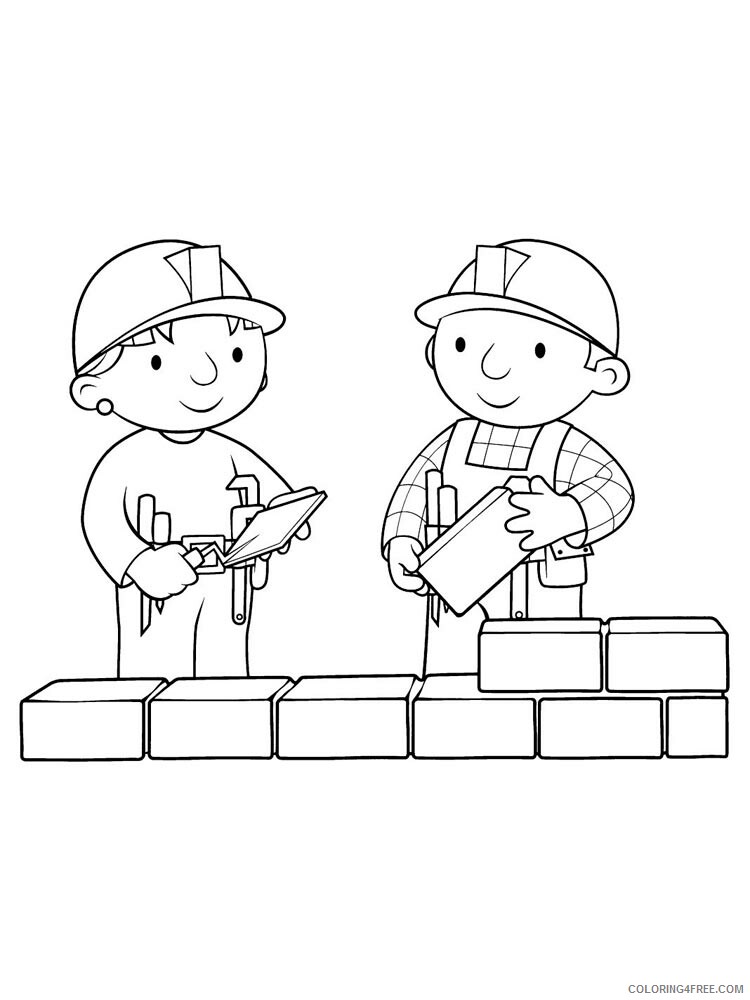
What did not prevent parents from constantly bringing three-year-olds to the construction site ("You don't even know how clever he is!")
What was interesting for the younger ones?
Research of self and materials.
Can I lift a tire? Can I roll it?
Shall I raise a cube? Can I put one on top of the other?
Can I carry a bag of stones from place to place?
This process takes the younger ones for a very long time, they have to lift it all up, drag it from place to place, then take a new object - and drag it again. Few of them want to build something, it is important for them to just touch it all.
The kids did not build their own obstacle course, but if there was a not very difficult obstacle course built by the elders, then they tried to walk along it.
What was in the way?
It was their own parents who interfered the most.
(We have observed a similar situation many times in large mathematical game libraries)
Parents violate the ban of the leaders, tear off the three-year-old from his research and begin to provoke him to climb higher and try something new.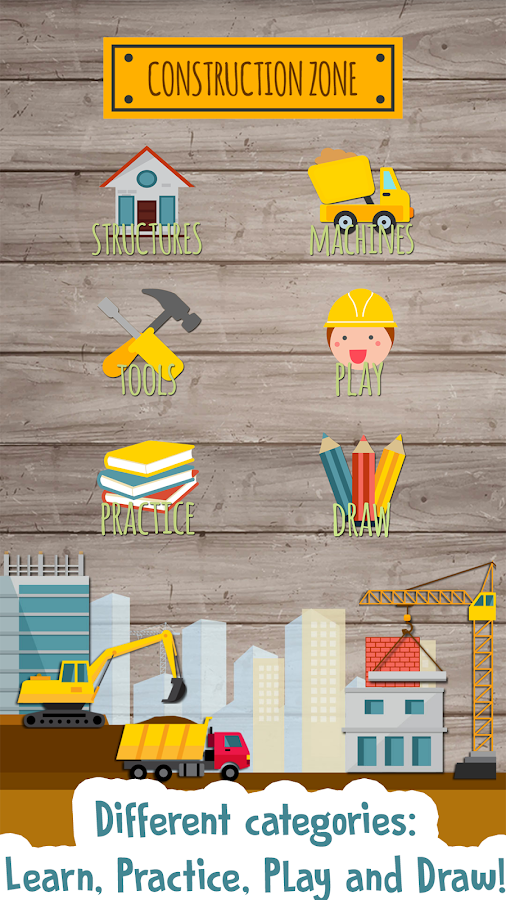 They forget that three-year-olds need much more time to get acquainted with the same materials and to research.
They forget that three-year-olds need much more time to get acquainted with the same materials and to research.
As a result, if the parents actively interfered with the child, then the leader directed them to the sensory zone - to play with water and pebbles.
At the end of the lesson, the children were asked what they missed at the construction site.
Children dreamed that there were doors that could be closed.
They also asked for materials from which to make a roof.
For many, even for the oldest, it was extremely difficult to draw what they were building and to formulate what it was.
The circle with a discussion of the construction at the end was very important for someone, and someone strove to sneak away at that moment (“oh, my mother called me that I had to go”)
At the very beginning, when the vests were handed out, the leaders signed the name of each of the children (with masking tape on the vest, and a name marker), but the children hardly remembered each other's names, even if they built together for three days in a row.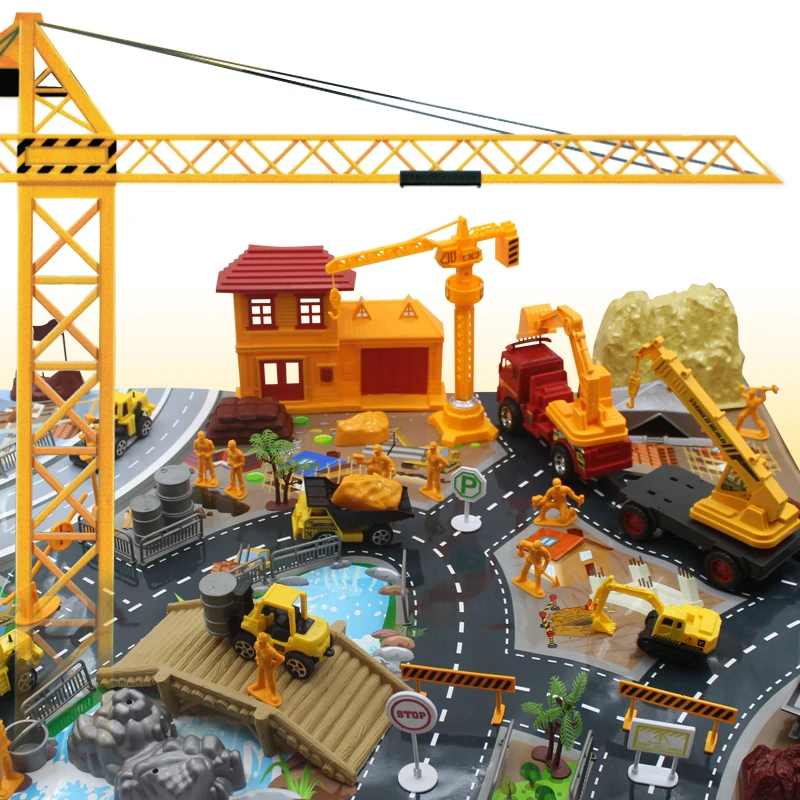
But it was important for many at the end to say thank you to those with whom they built together.
At different sites, with different children, one and the same stages of construction could be observed.
Orientation: children study what is there and figure out what might be useful to them
They break up into pairs or threes and begin to drag barrels, ladders, and boards towards them.
This is a very exciting moment.
Then construction begins, and ... the children discover that the materials are scarce. they think for a while, then they go to cooperate with their neighbors and build something in common.
They agree, discuss, wait in line to jump, insure each other.
Adults were not allowed on the site (otherwise, very soon the adults would start building on their own, without discussing anything with the children), and many mothers were indignant at the fact that the leader did not guide the children and dictate to them what to build.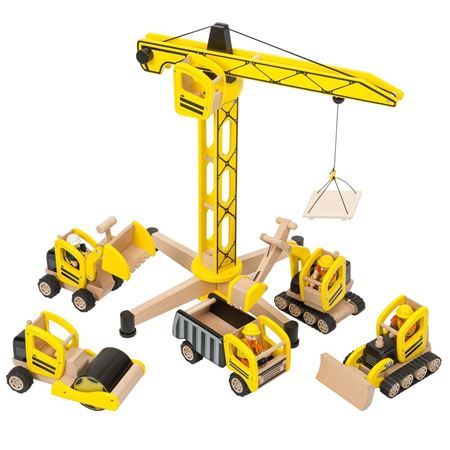
Why was everything started?
See how children will negotiate what and how to build
and how they will interact with materials and with each other.
Many children cooperated and agreed.
Let's say one person asks to roll him inside a barrel, others roll him, but at the same time they stop and ask how he is there.
There were also loners who did not agree with anyone, but only watched what others were doing, or built their own house, or their own tower of cubes, or a sculpture.
The hosts were different, and depending on how they asked the children questions, the construction site changed imperceptibly.
If the leader was a person who held an engineering camp there, then the children paid attention to what and how to fasten, what types of connections are better and more reliable, etc.
-How did you connect it? What other ways are there to strengthen this board?
If the moderator asked questions differently, the construction site .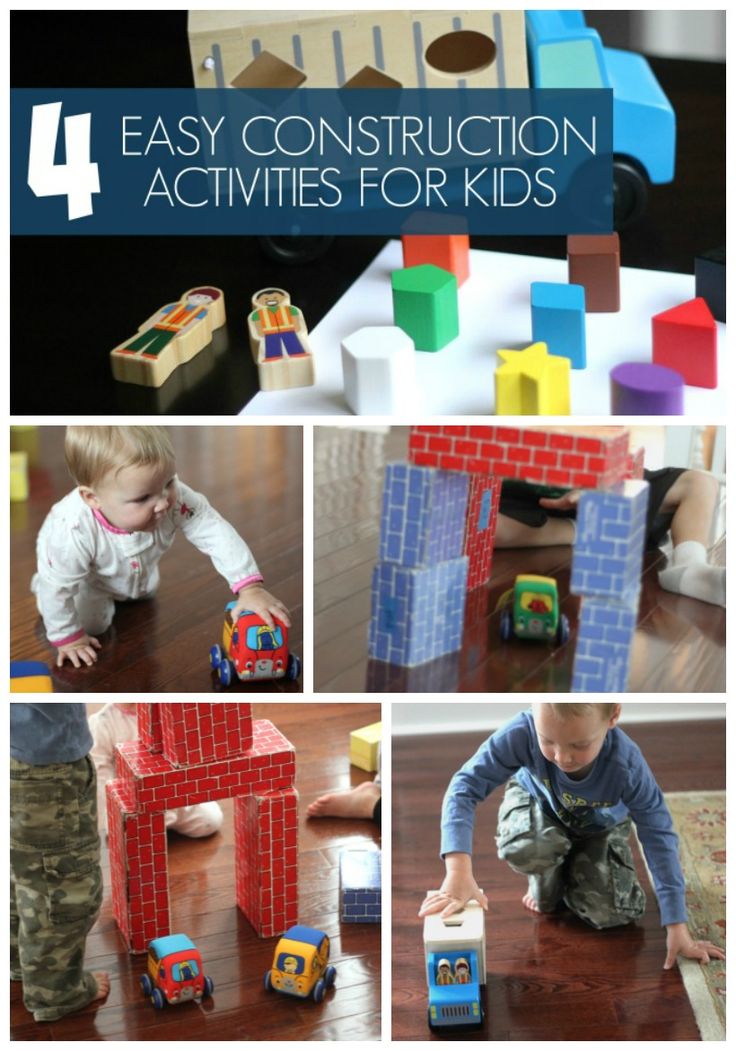 .. changed.
.. changed.
-What do you have? And how will you do it?
If the host were the one who conducts games according to Bakhotsky, then for sure all this construction would turn into one common role-playing game... , Raukh, Plakhotnikov and Parezhev "School of dialogue with an obstacle".
Then I'll take some more pictures and add them.
What do you think you would build as a child if you were given such materials?
What would your children build?
Playgrounds: construction and equipment. Playgrounds, sports complexes and towns.
slide series
Exclusive series of play sets made from natural materials
To catalog
Eco Collection
Organic
have fun with the game
Childhood World
starts from
Our Yard
Modern and safe playgrounds and sports equipment
To catalog
We are for a healthy lifestyle
!
our exercise equipment and sports complexes for all ages and abilities
To catalog
Thematic
play equipment
Imagine and be inspired with us! for your children To catalog
Playgrounds
Sports complexes and equipment
In stock
Towns
Cottages
Tactile panels
Swing
Carousels
Sandboxes
view all
Benefits
of our playgrounds
Wooden structures
environmentally friendly natural
materials from the Ural forests
View CATALOG
RFQ
Required details to receive an offer
Message
E-mail*
Phone*
By clicking the button, you agree to the privacy policy of
Map of finished objects
Moscow, st.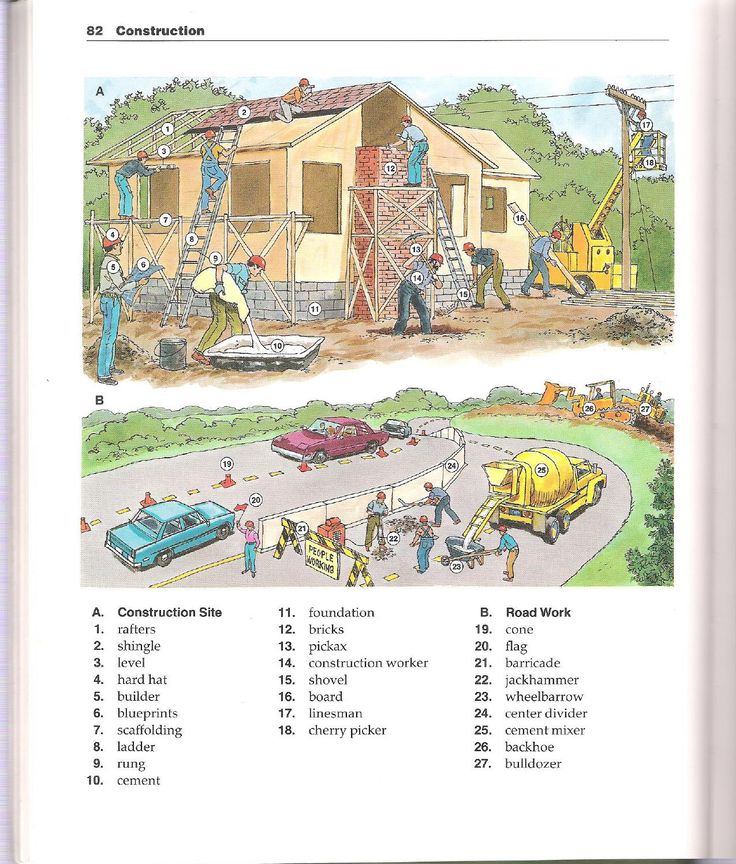 1st Vladimirskaya
1st Vladimirskaya
ZhK Prigorod-Lesnoe
Park ZIL
DP Ramenskoe, st. Guryeva
Kaluga, Kubyaka St., 11
Komsomolsky prospect 33
Residential Complex Suburb Lesnoe
Reconver
More objects
Playgrounds from the company "OUR DVOR-STROYPROFIT"
Everyone knows about the benefits of active outdoor games. But can a child develop not only physically, but also intellectually? With our playground equipment - can!
Among the highlights of our playgrounds are:
-
a variety of comfortable designs to develop strength and dexterity;
-
the opportunity to explore sizes, shapes, colors and textures, develop motor skills and sensory perception with the help of bright play equipment made in the original design;
-
the presence of special educational game panels that allow you to memorize the Russian and English alphabet, learn to count, play musical instruments and many other useful skills;
-
options for equipping playgrounds with special modules that contribute to the development of children with disabilities;
-
Creating conditions for the development of social skills, for positive communication with new friends.
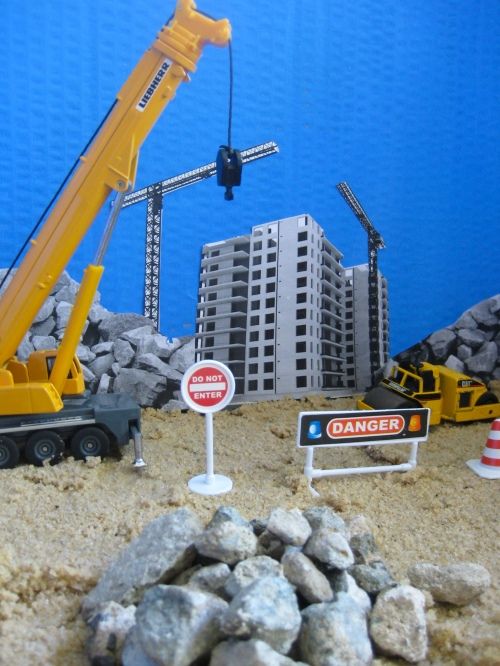
Learn more




